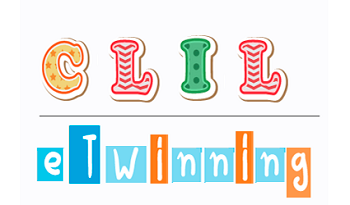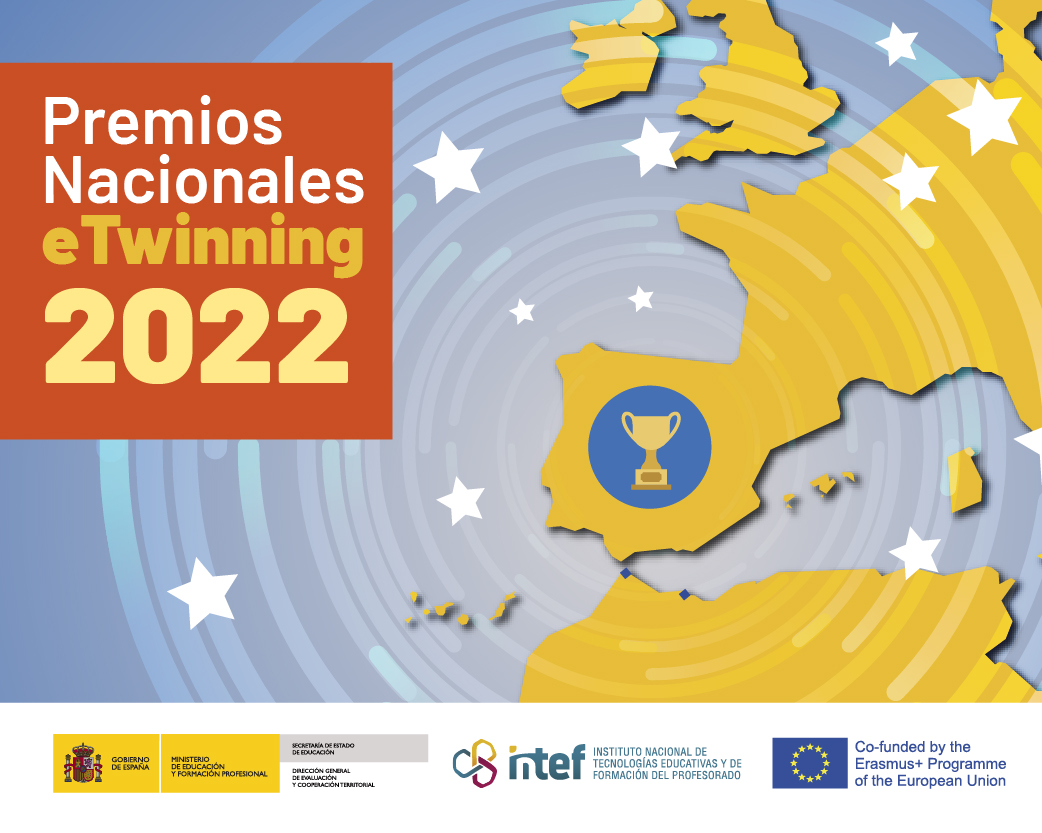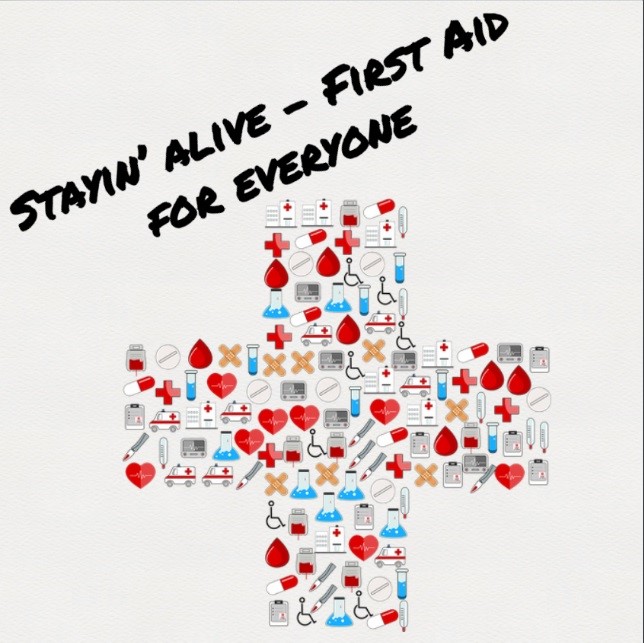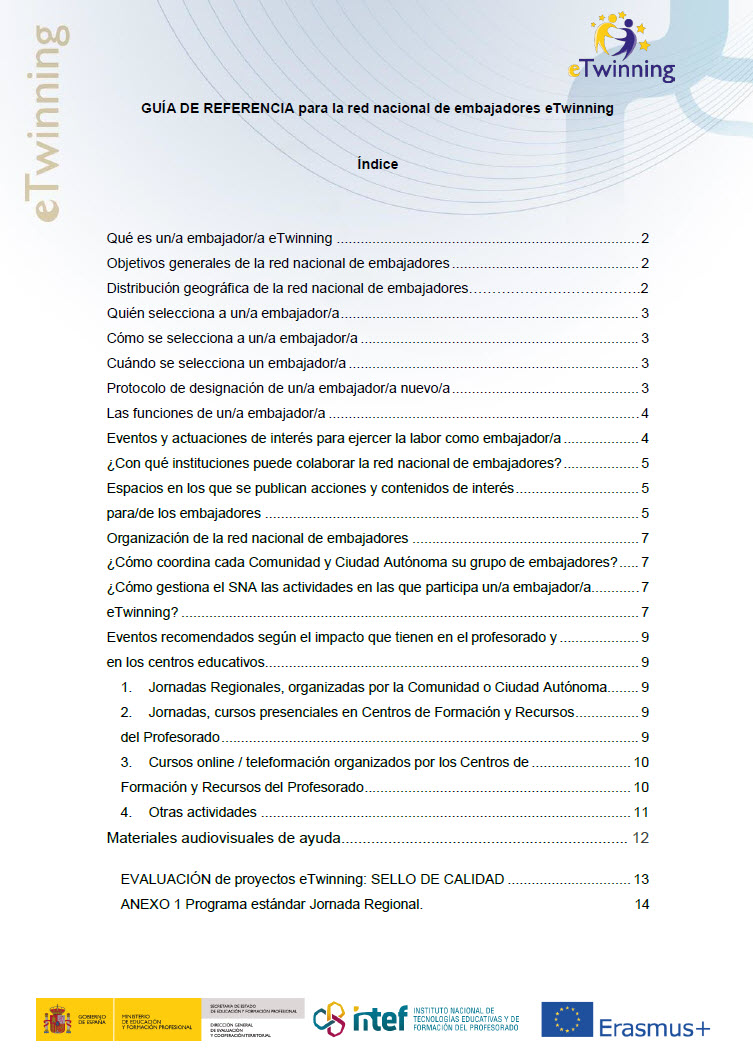
Loli Iglesias, Secondary education adviser at the Berritzegune de Getxo (Basque Government teaching orientation centre) shows us the benefits offered by CLIL (content and language integrated learning) focussed eTwinning projects
eTwinning projects emerged in 2005 as an initiative by the European Commission to encourage European schools to form partnerships using various ICT tools. Throughout these ten years, it’s become clear that the schools that implement these projects not only manage to promote the use of ICT but also the attainment of basic competencies and a methodology that facilitates cooperative learning and collaboration among teachers.
From my experience as an adviser in methodology for teaching areas and subjects through a foreign language, I’d like to share my findings about the benefits that eTwinning projects bring to the CLIL (Content and Language Integrated Learning) approach. On the one hand, all linguists agree that the communicative approach is the best way to learn a language.
Collaboration between schools in different European countries allows pupils to use language to communicate and thus be able to perform tasks that have been agreed among the participants in the project. That is, it provides “real” use of language that could be defined as that which takes place in a meaningful context, in a social environment and in order to acquire information that is relevant to the speaker, as well as getting to know cultures other than their own.
On the other hand, the inevitable collaboration between teachers at the same school to achieve collaborative work with other schools from other countries encourages interdisciplinary projects, which promotes teamwork, debate and consensus at the school for the benefit of both teachers and pupils. This is true for any educational stage and for any area or subject.
Among the 130,000 schools participating in eTwinning projects, there are very diverse curricular options, from projects focused on the eating habits and culinary traditions of different countries to those in which pupils transfer the knowledge acquired in subjects like Physics and Mathematics to Physical Education classes.
(This is the case with Physical Awareness, a project that received the Quality Label in January). Access to the project TwinSpace.
I think it’s important to note that the use of CLIL in the classroom is an ambitious challenge and a complex process that may be easier to implement if complemented with attractive projects for pupils that have a clear influence on motivation for learning the area or areas that the school has decided to study in a foreign language. It’s really motivating for participants to use the many technological tools that are part of their daily lives, conduct chat sessions, videoconferences, etc. to perform tasks related to various subjects.
The schools I work with as an adviser that have been encouraged to participate in eTwinning projects have summed it up by saying that the experience has been very rewarding because they’ve been able to see how their pupils “enjoy learning”. Is there anything more encouraging for a teacher?
We’ve illustrated this article with other examples of eTwinning projects for primary and secondary schools.
Climb a hill With CLIL (Primary Education)
A project in which pupils share different sociocultural aspects related to their daily lives, their environment and their culture, using emails, chats, audio and video, PowerPoint presentations and photo albums to do this.
Pupils are divided into 5 mixed nationality groups that compete in different games and activities throughout the school year. Each team has to climb a virtual hill, representing the highest mountain in each country. The Slovakian teams climb up the east side (being a country from Eastern Europe) and the Spanish teams climb up the west side (being a country from Western Europe). The more points you win, the faster you climb. The winner is the team that reaches the top. The themes of the games and activities are based on CLIL content taught in the classroom and shared by the participating teachers.
Access to the project TwinSpace.
Spirit of Hope (Secondary Education)
Through literature from partner countries, pupils investigate and interpret common traditions, finding similarities and celebrating the diversity they encounter in their path. The project is presented in a format along the lines of The Canterbury Tales, in which pupils become European pilgrims who travel through different regions and times.
Pupils meet and list findings in the fields of literature, art, technology, culture and sport. The project thus provides pupils with the opportunity to develop their ideas creatively, improving digital and language skills and teaching them to work together to foster a sense of European citizenship.
Access to the project TwinSpace.
Image sources: Photocomposition from free to use images from Freepik.com and TwinSpace images from the eTwinning projects highlighted.






